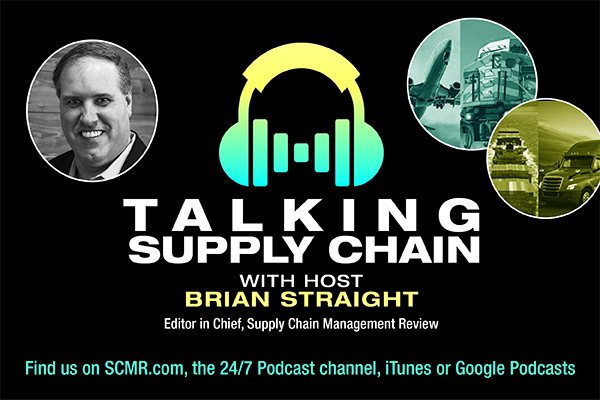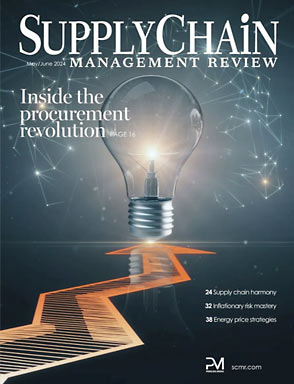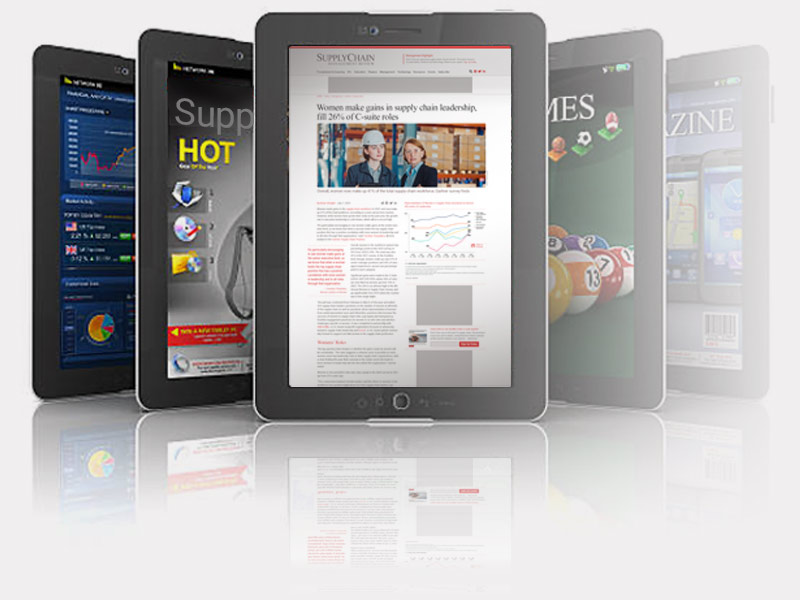Supply chain managers should have learned some valuable lessons from last year’s Fukushima earthquake and tsunami in Japan, said industry analysts.
Kelly Marchese, a principal with Deloitte Consulting LLP, in the Manufacturing Operations practice, says that unfortunately, the threshold for risk has not moved much since that tragic event.
“We have not seen as much use of analytics as we expected,” she said. “This might be a consequence of denial, or a belief that another ‘black swan’ event is unlikely.”
But Kelly maintained that the cost of being unprepared for potential supply chain disruptions can be paralyzing. Not all supply chain disruptions are publicized (in fact, most manufacturers would prefer to keep most of them hushed up) but they happen to most companies on a regular basis.
According to Deloitte LLP, there are more than 200 current and emergent risks that may have an impact supply chains. Furthermore, industry data shows that 85 percent of global supply chains experienced at least one disruption in the last 12 months.
Alarmingly, the vast majority of manufacturers do not have a plan in place to mitigate supply chain specific risks. The most vulnerable companies are those heavily reliant on lean logistics and the just-in-time distribution model. While this is not likely to give way to a “just-in-case” strategy, analysts concur that more risk mitigation should be introduced before the next cataclysmic event.
But trade-offs between achieving optimal supply chain efficiencies and management of supply chain risk have created a conundrum of sorts, say analysts for IBM, even though everyone recognizes that the consequences of disruption can be dire.
They report that those hit by unexpected calamities, on average, have a 14 percent increase in inventories, 11 percent increase in cost, and 7 percent decrease in sales in the year following the disruption.
At the same time, supply chain-related expenses are often the largest component of a company’s cost structure and ultimately determines profits. And because it’s the biggest opportunity to extract value, manufacturers may be unready to sacrifice ROI for another layer of security.
As a consequence, many supply chain management experts are advocating a layered approach when formulating a risk mitigation strategy.
This includes a careful evaluation of compliance documentation and risk-related metrics such as civil unrest, political tension, and vulnerability to natural disasters.
Having taken these steps, manufacturers are advised to quantify and prioritize risk by measuring the likelihood or impact of an event. Then they will be in a position to weigh risk against financial implications to develop a cost/benefit analysis.
Kelly is encouraging managers to “visualize” risk, and plan accordingly.
“Most companies still need to put one executive in place to manage risk,” she said. “They need a ‘throat to choke’ when something goes terribly wrong.”
Meanwhile, she advises managers to evaluate a range of analytical tools – off-the-shelf, customized, or configurable – being offered by software developers.
While a comprehensive “best of breed” solution has yet to emerge, the marketplace can support a variety of value-added service providers eager to enter this burgeoning supply chain management niche, said Kelly.
SC
MR

Latest Supply Chain News
- Port strike ends, but issues remain
- ISM reports Services economy heads up in August for third consecutive month in September
- What is the future of procurement?
- How to identify and eliminate internal demons in supply chain management
- Penske, NTT Data, CSCMP study finds change still dominates 3PL market
- More News
Latest Podcast

 Explore
Explore
Topics
Latest Supply Chain News
- Port strike ends, but issues remain
- ISM reports Services economy heads up in August for third consecutive month in September
- What is the future of procurement?
- How to identify and eliminate internal demons in supply chain management
- Penske, NTT Data, CSCMP study finds change still dominates 3PL market
- The 10 top disruptions in 2024 (so far)
- More latest news
Latest Resources

Subscribe

Supply Chain Management Review delivers the best industry content.

Editors’ Picks





